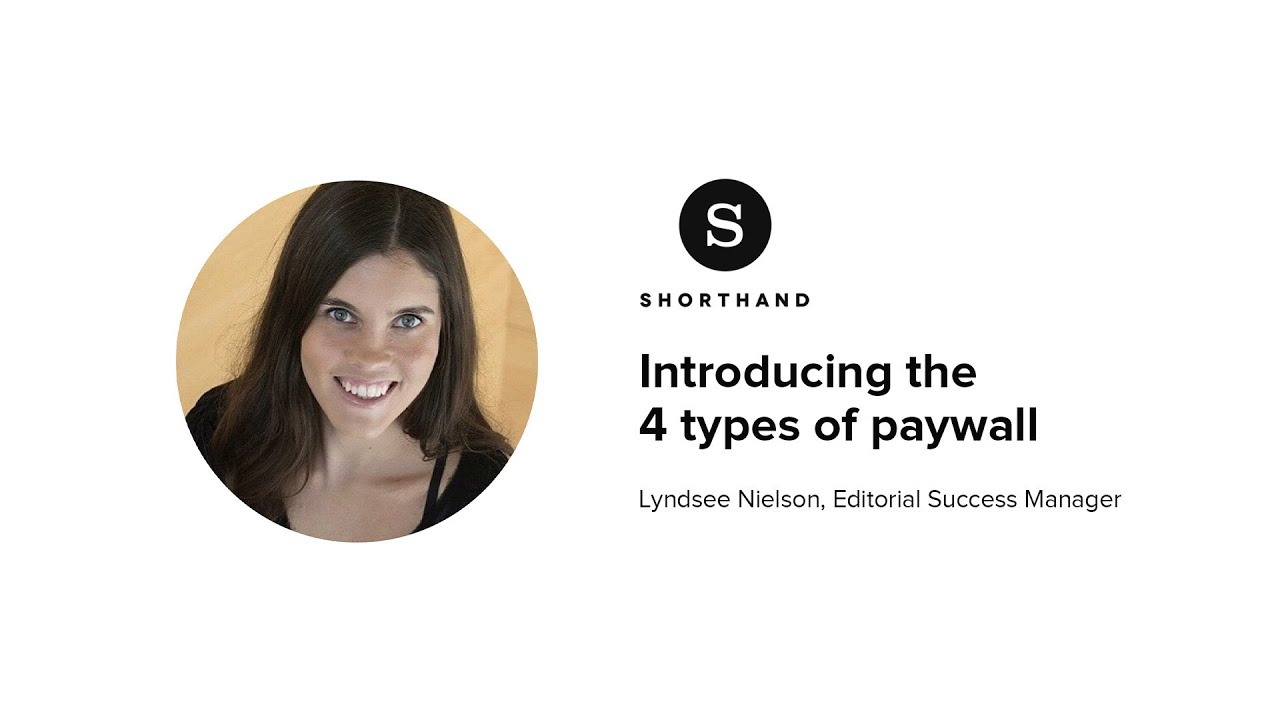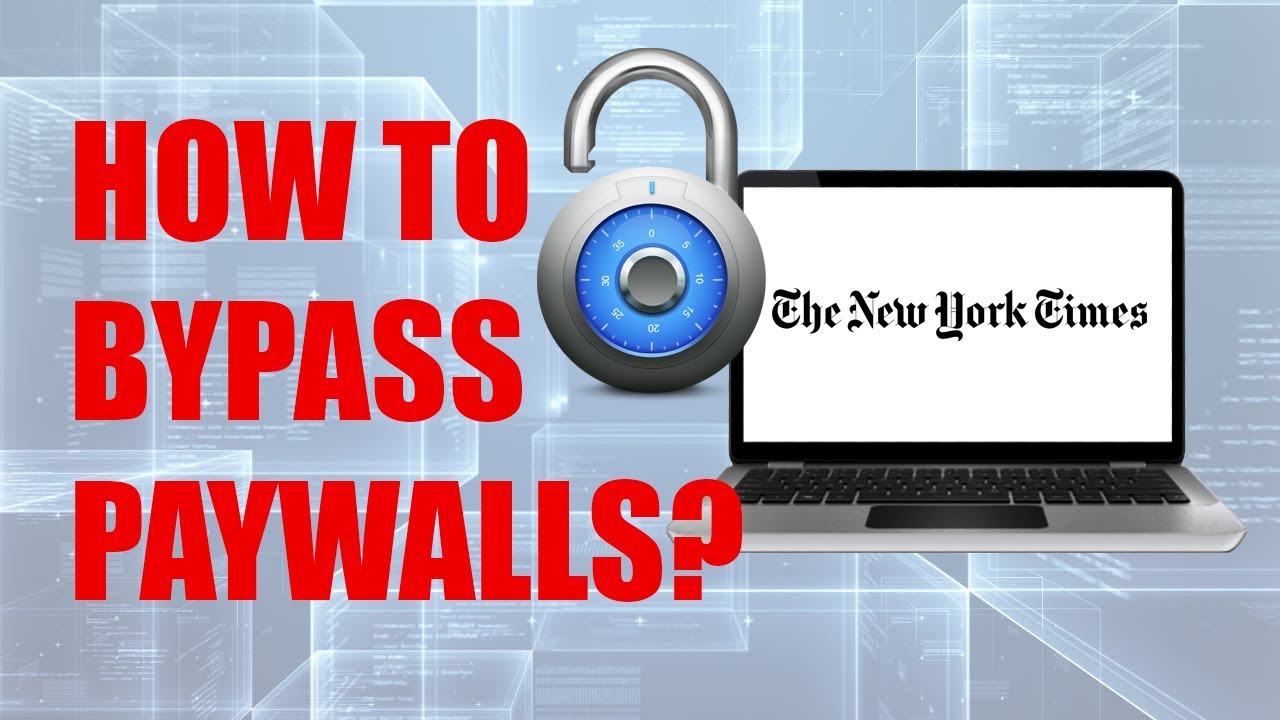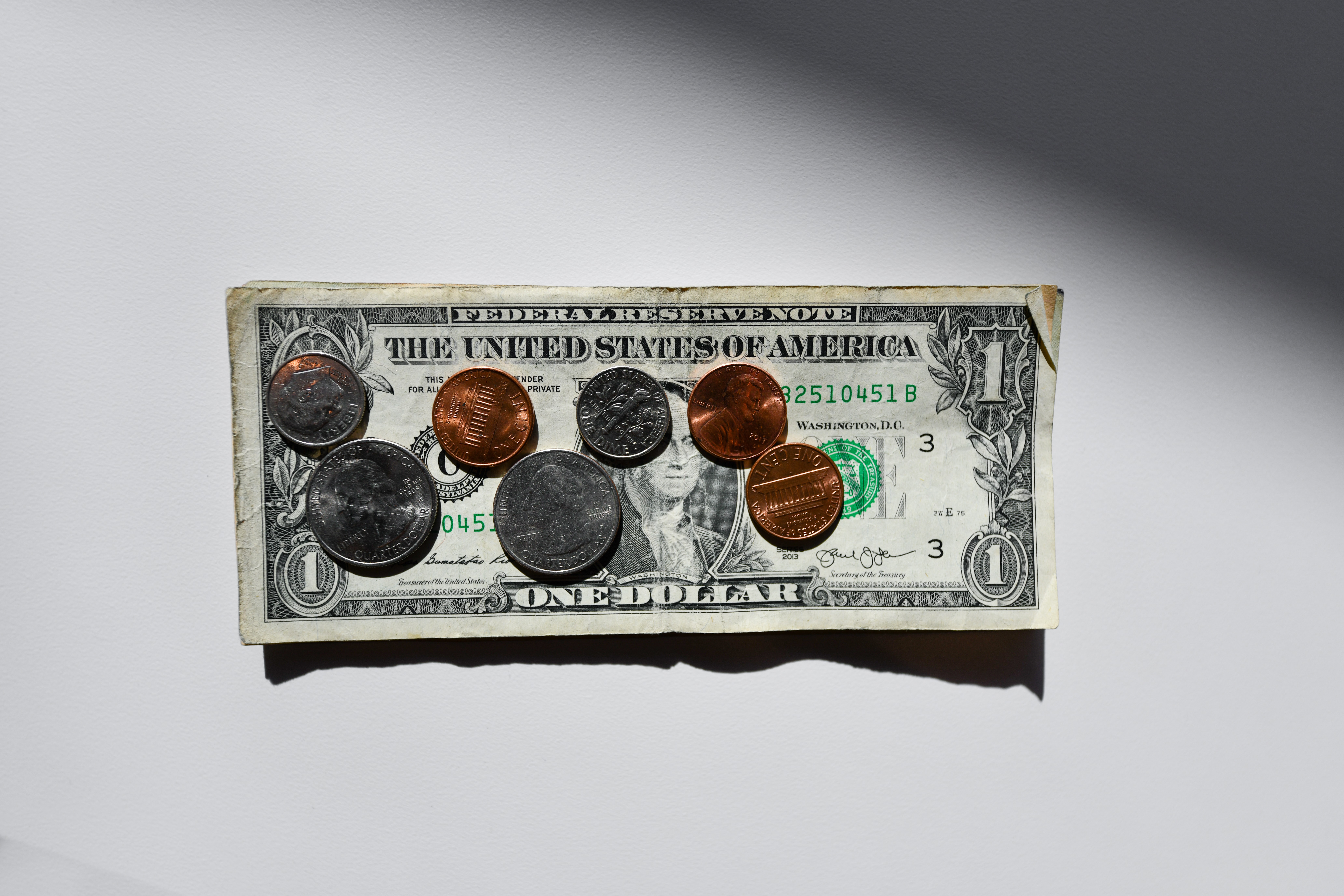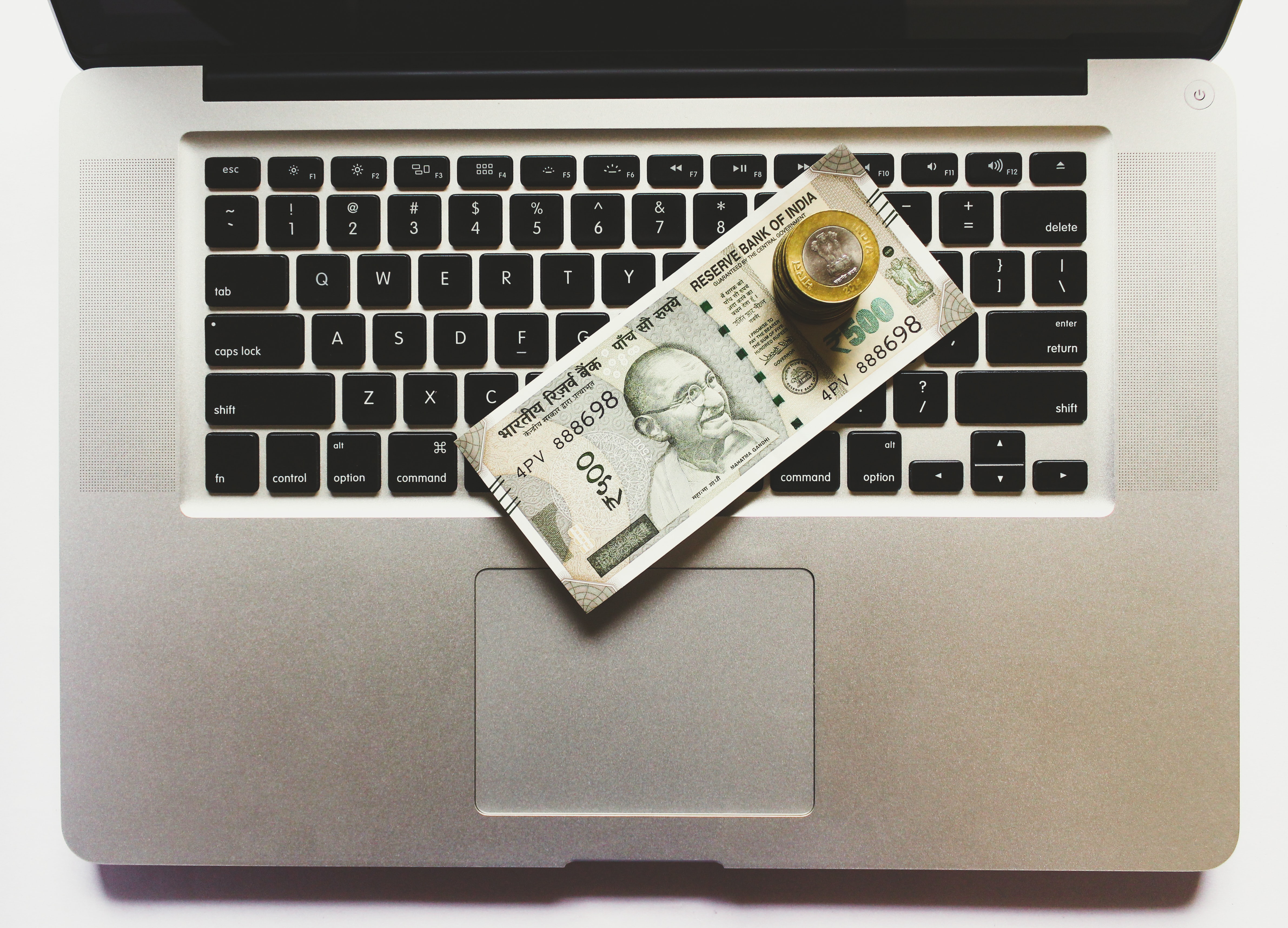Online Paywallsare a common method used by online periodicals and newspapers to commercialize their websites. By using this technique, viewers are prevented from accessing a website's whole material without purchasing a membership.
But what is a paywall? Are they a good solution for your online magazine? What companies use paywalls? Those questions and more will be answered in this article.
What Is A Paywall?
Access to online material is restricted to paying subscribers via a paywall. There are several different types of paywalls, ranging from somewhat more restricted hard paywalls to relatively lenient metered paywalls, as we go into more depth below.
The use of paywalls, a method for contentproducers to monetize web content, is becoming more and more popular in the world of digital publishing.
Paywalls are a substitute for advertising-based revenue strategies for many publishers. If publishers have digital subscribers, they don't have to depend as much on "clicks" and can instead focus on making high-quality content.
3 Types Of Paywalls And Their Impact On Magazines
Hard Paywalls
Visitors may read the first one or two articles for free, but when they click on the next one, a popup claiming they require a paid subscription appears.
This form of barrier may be dangerous, according to some authorities, as 90% of your viewers will abandon the website without taking any action. Since each visitor must genuinely desire to read your material, this payment approach is appropriate for specialist sites.
Hard paywalls only provide consumers limited access to the material; maybe only a few opening words, as was stated before, before asking them to subscribe for further access.
Since it also entails losing moneyfrom advertisements, it is a risk that not all publishers are willing to take. However, if you are in a niche with a following and loyal readers, this paywall approach might help you boost your income.
Metered Paywalls
There is a set number of articles that may be seen by visitors (5, 10, 20, etc.) before a paywall appears. This makes the experience more individualized and informs readers about the kind of information they may access and if it will be useful to them.
A metered access paywall subscription enables a set number of articles to be viewed for free before a subscription request is shown.
This is the most popular subscription model since it enables you to grow a fan base and give them a sample of your material. If you want to take your magazine global, this is a very effective tactic.
Freemium Paywalls
It implies that certain articles may be viewed by visitors while they are exposed to advertisements, but premium material is kept behind a barrier.
If your magazine is brand-new to the market and you want to enter this extremely competitive industry, which is controlled by large worldwide corporations, consider choosing a niche in a small market with a freemium paywall that simply requires consumers to provide their email address.
This will assist you in attracting more customers and gathering data for future growth once you can go up to a metered barrier.

Introducing the 4 types of paywall
A Paywall As A Monetization Tool
With subscriptions to magazines and newspapers, paywalls help monetize online content; after all, it's only fair to be compensated for the hard effort put into creating and promoting the material.
What Benefits Do Paywalls Offer And How Do They Aid In The Expansion Of Publishers?
Magazines were meant to become extinct with the rise of internet platforms and digital media, yet the reverse has happened.
More than ever, magazines are thriving and having a bigger impact on the globe. Paywall subscriptions are a recent tactic as online periodicals surpass print publications in readership.
How Magazine Paywalls Boost Sales And Subscriptions
Using numerous strategies to draw paying readers, magazine paywalls are a terrific method to boost revenue.
One is a landing page where you submit your information to subscribe, and the other is a quick summary of a piece of magazine material with a block on the remainder of the article, with an option to subscribe if you want to read the rest of the article and the rest of the site's content.
Which performs best? In the latter instance, the reader's interest is strong since they have read a sample, which raises the likelihood that they will sign up as paying subscribers.
Magazines have always relied on physical subscriptions to support their financial needs, while paywalls on the internet offer the same subscriptions but with a hugely global reach.
Why Do People Subscribe To Magazines?
As we discuss paywalls and subscriptions further, we should include the study conducted by the American Press Institute. According to their research, 53% of Americans pay for news (printed or digital) and read articles on topics that interest them.
The Institute claims that subscribers "have a variety of reasons for doing so." The primary, though not exclusive, reason is having access to local news.
Utilize this information when you research your target demographic's requirements and interests, and keep in mind the following:
As the largest audience, pay close attention to the "news seekers" group.
- Keep your composure; people want material of the highest caliber. People are willing to spend more for high-end goods.
- You can experiment with various content ideas because the news potential is not being used for the reasons mentioned above.
- Reach out to younger people as well as adults, since 37% of young adults between the ages of 18 and 34 pay for information.
Are Paywalls Effective For All Media?
However, the study, which looked at significant newspaper companies in the United States, found that when they started charging readers to access digital versions, newspapers with less unique content typically suffered losses.
The once-profitable newspaper industry has seen turbulence over the past 25 years as a result of evolving technology and challenges in obtaining funding. The Pew Research Center estimates that weekday subscriptions to daily newspapers in the US fell from 62 million in 1990 to 31 million in 2017.
There has been a nationwide loss of newsroom employment as a result of the drop in print advertising, and several mergers and acquisitions have occurred as businesses strive to regain their financial footing. Growth in digital advertising income has not been enough to make up for this.
According to the American Press Institute, 78 percent of US print media companies with a daily readership of over 50,000 were adopting a digital subscription model as of 2015.
With the help of 10 years' worth of circulation and subscription price data from publishers' statements to the Alliance for Audited Media, print and digital advertising revenues from Nielsen, as well as pageviews and time spent on websites, some researchers started an investigation.
While the average print membership price grew from $205 to $573, the average print circulation in their sample fell from 275,594 in March 2008 to 106,525 in September 2017. According to the analysis, the average number of pageviews dropped from 49,198 in January 2010 to 14,920 in September 2017.
The researchers wanted to know if a digital membership was an alternative to or addition to a print subscription in order to comprehend the intricate sales dynamics.
The paywall was discovered to have a positive spillover impact on print subscription income when a firm noticed an increase in print subscriptions after implementing one. Therefore, the digital version was viewed as a replacement.
The Effect On Print Media
For the majority of print media companies, a paywall's net impact on digital sales is unfavorable since it causes a considerable drop in digital advertising income as a result of fewer people visiting the website.
The ways that the paywalls raised overall income varied, even among the sample's most prosperous companies. For instance, the study's authors note that "the New York Times' success resulted from a significant rise in print and digital subscriber revenues."
The researchers employed an approach known as the synthetic control method to separate the impact of digital paywall adoption on overall revenue.
Using characteristics from the 36 sample companies that did not modify their paywall status during the research period, they created 43 fictitious, non-paywalling control firms and used them to compare the 43 paywalled media firms in their sample with these firms.
Chung says that if research only compares income before and after the installation of a paywall, it is not accounting for any temporal impacts. Therefore, it's possible that the income gain following the barrier was caused by the improving economy rather than the paywall itself.
The researchers employed an approach known as the synthetic control method to separate the impact of digital paywall adoption on overall revenue.
Using characteristics from the 36 sample companies that did not modify their paywall status during the research period, they created 43 fictitious, non-paywalling control firms and used them to compare the 43 paywalled media firms in their sample with these firms.
The researchers employed political tilt and originality indexes to adjust for other company characteristics and used firm size as a proxy for reputation.
The survey did not account for expenses, promotions, or marketing initiatives aimed at luring new customers.
Small Media
If tiny community newspapers can use their distinctive local content to benefit from a digital paywall approach, further study is required to make that determination.
For the time being, research suggests that before implementing a paywall, all newspaper companies should carefully consider the potential consequences on their interdependent revenue sources.
3 Examples Of Paywalls
The Times
This newspaper lost more than 90% of its readers in 2010 despite being one of the first to implement a hard barrier. However, the tiny portion of users who paid for their membership increased the digital media's earnings over the previous period.
The Times Of New York
Visitors to this publication are permitted to view 10 articles for free each month. Recently, they offered 20 free articles each month to readers.
After a sharp increase in The New York Times's subscribers, they decided to restrict the number of free stories by the end of 2017.
Financial Times
You must purchase a membership in order to read articles on the Financial Times website. More than two-thirds of the Financial Times' 900.000 readers are paying customers, according to CEO John Ridding, making advertising a very small portion of their earnings.

How to bypass a paywall. (The New York Times website as an Example.)
People Also Ask
What Is A Magazine Paywall?
Paywalls are a common method used by online periodicals and newspapers to commercialize their websites. By using this technique, viewers are prevented from accessing a website's entire material without purchasing a membership.
Why Are There So Many Paywalls?
In the middle of the 2010s, newspapers started putting paywalls on their websites as a way to make more money. This was done because paid print readership and advertising revenue had been going down for years, in part because of ad blockers.
What Is An Example Of Paywall?
In particular, a user is prevented from accessing your material by a paywall and is obliged to pay a monthly fee. For example, Netflix, which is the leader in the video streaming business, uses a barrier to keep only subscribers from seeing their movies and TV shows.
Conclusion
Both publishers and subscribers can gain from paywalls online and subscriptions.It means that publishers can make money from their customers without having to rely on ads.
You get payments from regular customers. Additionally, annual subscriptions have the potential to generate more money than monthly advertising campaigns.
This monetization model's biggest drawback is that you lose the advantages of the advertising channel and are forced to consider how todraw visitors and convert them into customers.
To do this, businesses typically use freemium and metered paywalls, but more seasoned businesses are free to use hard paywalls.
What do you think about paywalls? You will pay for one or already do it. What kind of media or magazine could you consider spending money on? I left a comment.

